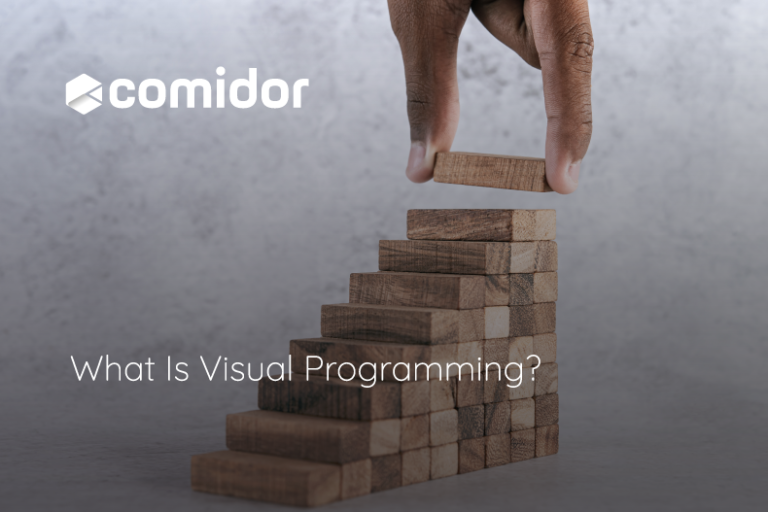You might know about the programming concept, but have you ever heard about Visual Programming? Visual Programming (generally known as VPL) refers to the programming language that is visually represented with graphics, icons, animations, and drawings. All the things that got formed with the help of Visual Programming refer to illustrating windows-based applications or graphical user interface stuff.
In this article, we will highlight the basics, benefits, and the future of Visual Programming. We will also learn the approach to the shift from traditional to Visual Programming. So, let’s dive into it.
Visual Programming: An Overview
Let’s chop the technical conversation into simple words. Look at the terms: ‘Visual’ & ‘Programming.’ Visual Programming is an alternative to traditional text-based programming. It offers an intuitive and graphical approach that makes it easier for beginners to learn how to code.
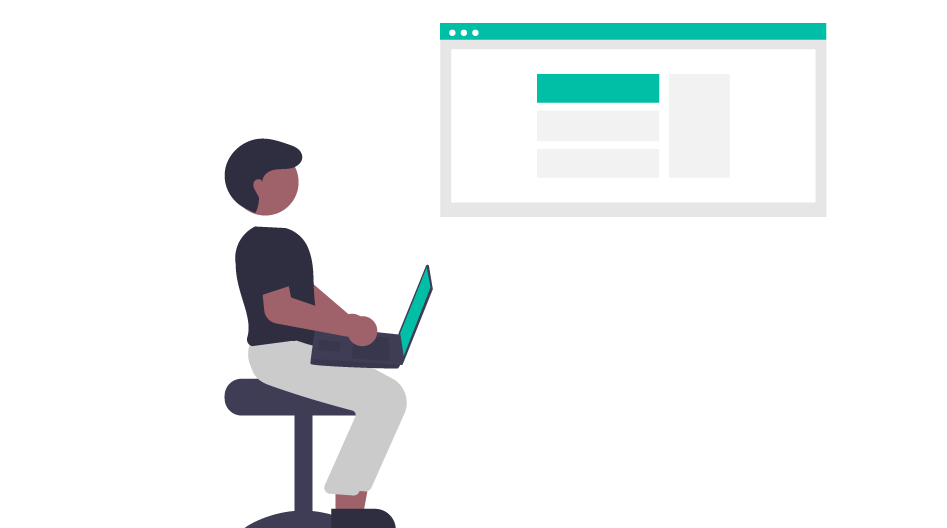 Visual Programming is a computer-aided design (CAD) technique used for designing and documenting interactive software and hardware systems, such as video games, without writing code. A Visual Programming language provides intuitive controls for the programmers, allowing them to focus on the flow of information rather than the syntax of commands.
Visual Programming is a computer-aided design (CAD) technique used for designing and documenting interactive software and hardware systems, such as video games, without writing code. A Visual Programming language provides intuitive controls for the programmers, allowing them to focus on the flow of information rather than the syntax of commands.
Visual Programming: The Basics
As you have learned what Visual Programming is, you should know how the Visual Programming environment works. Generally, Visual Programming is a process that revolves around icons and symbols manipulated to develop computer code. When a programmer jots the symbols for the basic coding instructions, the desired visual content automatically appears through manipulation.
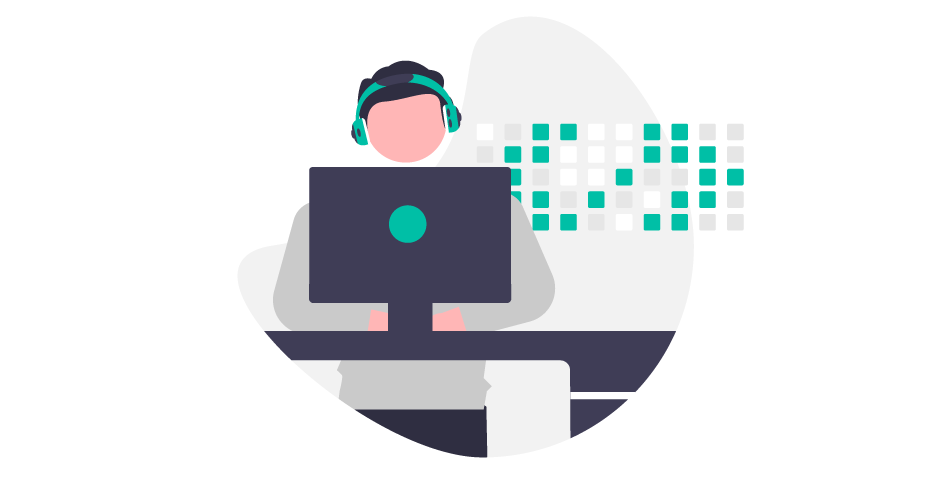 The goal of Visual Programming is to eliminate the need for actual code by presenting symbols that visually represent what should be coded into a computer program. This approach allows non-coders to create complex programs without needing any understanding of how computers work or how code is written.
The goal of Visual Programming is to eliminate the need for actual code by presenting symbols that visually represent what should be coded into a computer program. This approach allows non-coders to create complex programs without needing any understanding of how computers work or how code is written.
Applications & Uses of Visual Programming
So, where can we apply Visual Programming? What are its uses? Visual Programming has spread across the whole computing range. This trend appears to be most helpful in cases where acceleration, automation, and alleviation of programming take priority.
Visual Programming languages can be used for creating a wide range of different applications and systems, such as:
- Video games
- Traffic signal systems
- Digital art installations
- Data visualization tools
- Robotics control software
Visual Programming Versus Text-Based Programming
For someone just getting started with application development, Visual Programming is a lot more readable. The processes tend to be much more straightforward, and it’s easy to guess what the visual components do, even if you’ve never touched or seen a line of code before in your life.
With text-based programming, it’s not easy to understand immediately the scope of the project. You might look at the code and think to yourself, “What’s going on? ” It’s just not as straightforward as Visual Programming is.
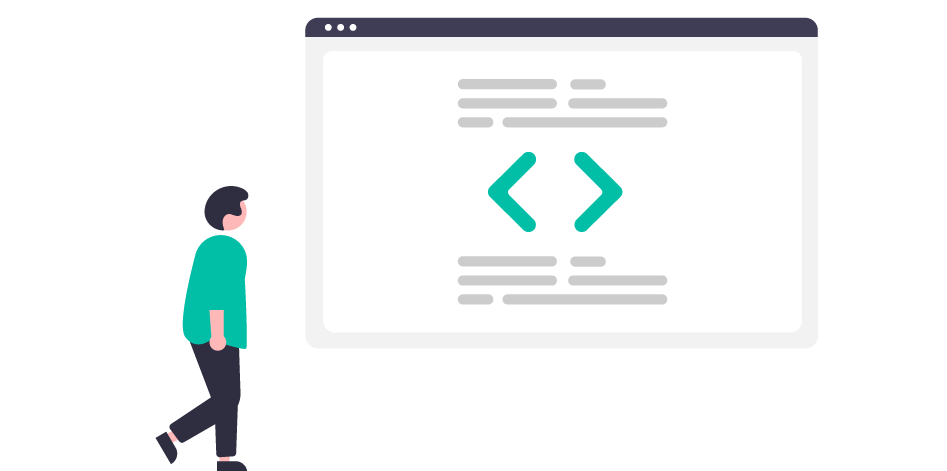 Programmers can use Visual Programming for certain tasks like animation or graphics design. It also helps them visualize their programs and debug errors more quickly.
Programmers can use Visual Programming for certain tasks like animation or graphics design. It also helps them visualize their programs and debug errors more quickly.
On the other hand, text-based programming is usually used for more complex tasks like image processing or artificial intelligence. For example, programmers might use text-based programming to create algorithms that can detect and categorize different objects in images. What’s more, programmers can create variables and assign values to them. Then, they can use operators such as comparison or mathematical functions like divide, multiply, or square root.
What are the Benefits of Visual Programming?
After going through the details mentioned above, you might want to know how Visual Programming may prove beneficial for you. The major advantages of utilizing Visual Programming are listed below.
- Ease: These languages are far easier for beginners to learn. These languages have a number of built-in objects that can be used to develop new applications.
- Simple to understand: The Visual Programming language is simple to understand, allowing even non-technical people/business teams to create apps and workflows.
- Pre-built objects: These languages have a significant number of pre-built objects, such as graphics and diagrams, that can be utilized to develop new applications.
- Simple to design: Advanced user interfaces can be created with drag and drop. Forms and other components are placed on the main interface and can be scaled and repositioned with ease.
- Code-component connection: These languages allow you to link code to each component of the user interface. When the user interacts with the interface component, the corresponding code is executed.
Low-code: The Visual Programming of the future
Today’s applications are made up of increasingly complicated pieces that require advanced programming skills. Building enterprise-level, complex, scalable systems with pure Visual Programming is becoming increasingly difficult.
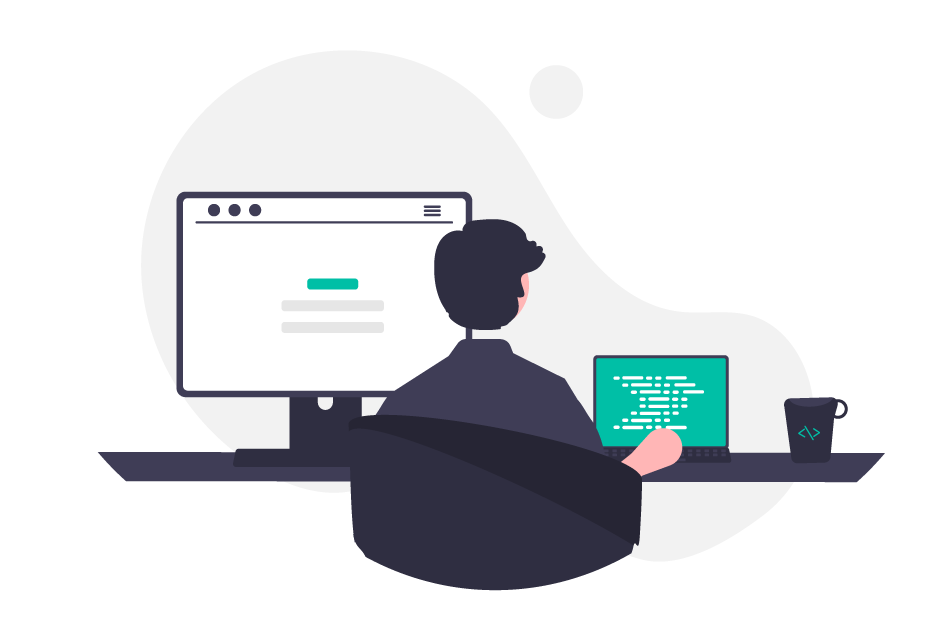 The new breed of low-code platforms takes the best of Visual Programming and combines it with coding. These tools allow business users to create apps graphically using drag and drop, with hand-written code added when necessary. Low-code platforms simplify software development and establish a new reality in which business users with little or no coding skills can build fully-working and sophisticated apps.
The new breed of low-code platforms takes the best of Visual Programming and combines it with coding. These tools allow business users to create apps graphically using drag and drop, with hand-written code added when necessary. Low-code platforms simplify software development and establish a new reality in which business users with little or no coding skills can build fully-working and sophisticated apps.
Final Words
Visual Programming languages enable business users to create applications by using programming components graphically. In this post, we talked about the basics, benefits, applications, and the future of visual programming with low-code. Perhaps this guide has motivated you to give Visual Programming a shot for yourself!
Develop enterprise-grade apps with Comidor


